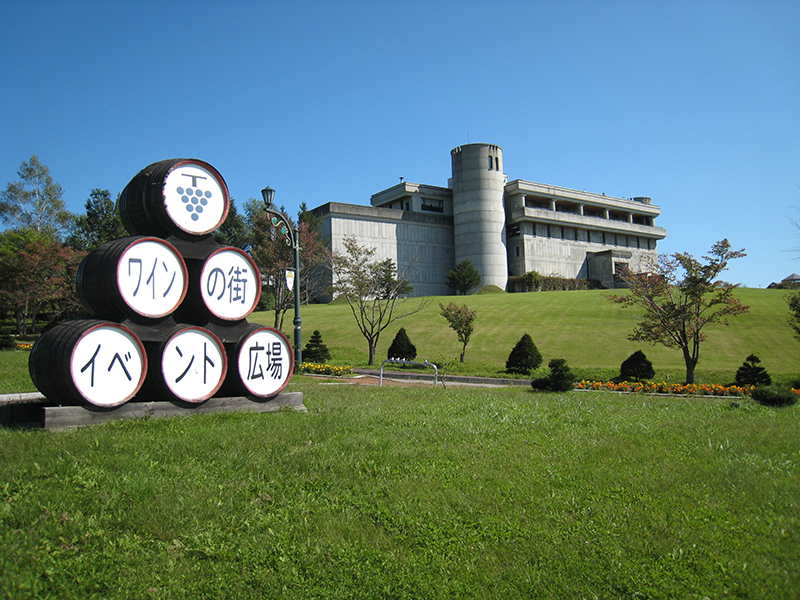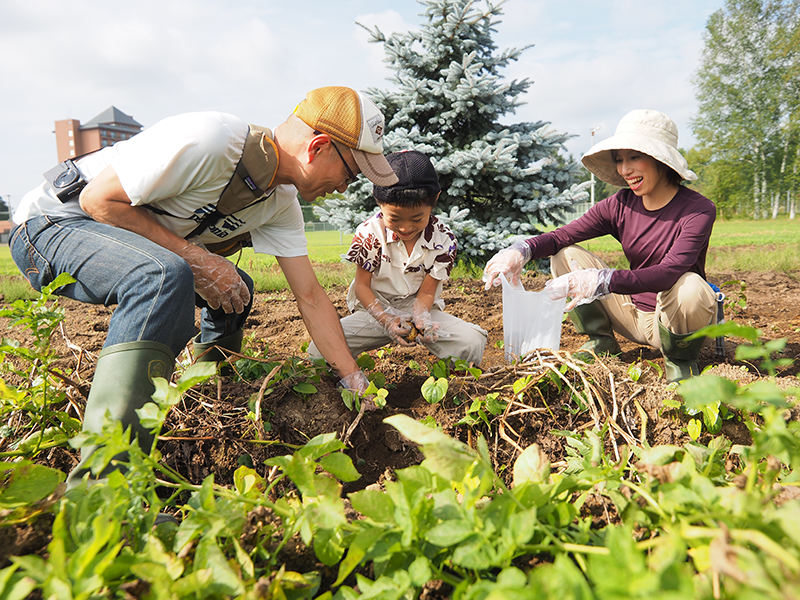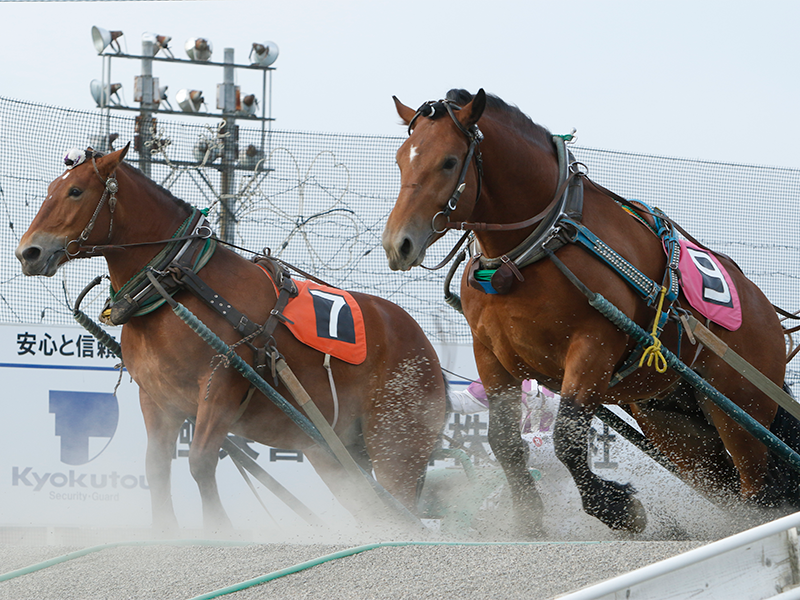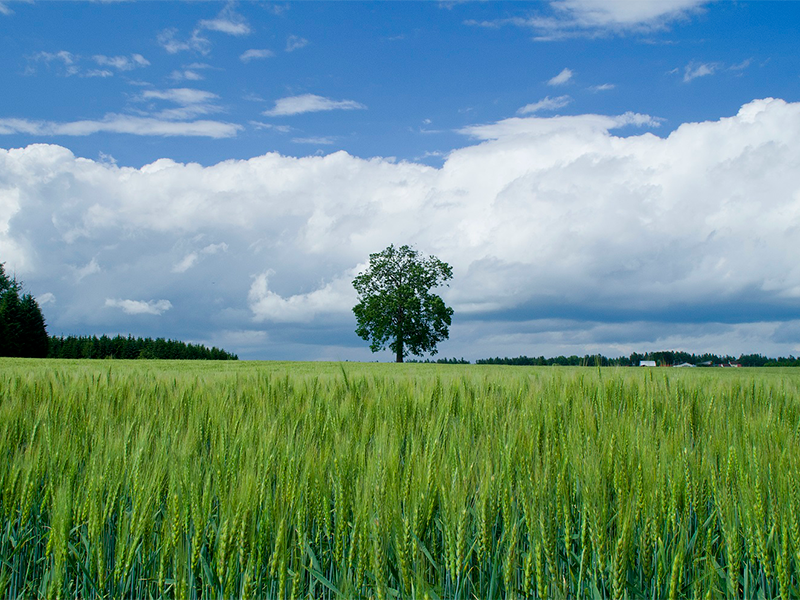For a chance to get back to nature and explore Japan’s countryside without the crowds, head to Tokachi Obihiro in eastern Hokkaido. Here you’ll find endless skies, rich artisanal food and experiences unlike anywhere else in Japan.
Cuisine Delights: Wine and Dine with a Local Flavor
Every region in Japan has at least one local specialty to boast about, but the Tokachi Obihiro region is rare in that it is 1,200 percent (that’s not a typo!) self-sufficient when it comes to food resources. The abundance of the Tokachi Plain is clearly visible in local fare, which is almost 100 percent locally sourced. Not only that, but vegetables are grown and washed using water from Satsunai River, which has been ranked as one of Japan’s top 10 clearest rivers multiple times. The area is also known for its cheese, as well as bread, using Tokachi-grown wheat. One of the most famous dishes, though, is the cheap but hearty butadon, a pork and rice dish that is served in a variety of ways.
Tokachi Obihiro’s Ikeda Town has also been home to Japan’s first municipal-run winery since 1963, at the “wine castle”. Here, visitors can get free guided tours, tastings of locally produced wines (¥300 for a glass, ¥700 for a selection of three).

Farm Stays and Glamping: Get a Taste of Country Life
Since Tokachi Obihiro has such a strong agricultural base, farm stays are a popular way for visitors to get a first-hand experience at life in the countryside. There are also agricultural experiences for the whole family at Hokkaido Tokachi Agricultural Machinery History Museum, including cooking classes, vegetable picking and tilling a field the old-timey way with a horse and plow. Farm stays are a popular way for visitors to get a first-hand experience of life in the countryside but aren’t for everyone. Tokachi Glamping Resort Polaris Club gives guests the freedom to choose their level of comfort in nature with options of camping, glamping or staying in a cabin or cottage.

Cyclist’s Paradise: Take in the Scenery by Bicycle
To take in the scenic beauty of the area, why not do it by bike? The Tokachi cycle map inspires with destinations for all seasons (even winter!), with suggested routes, safety tips and more. For cyclists with a purpose, the Gourmet Fondo in Tokachi Nakasatsunai, held in mid-July every year, is an excellent way to explore while competing and making new friends. Courses range from 30- to 130-kilometer trails and all pass by some of the region’s most beautiful historic and natural sights. Participants are rewarded with a BBQ party once it’s over, hence the event’s name. Challengers staying at Tokachi Glamping Resort Polaris Club only need to bring their gear and a change of clothing, saving the trouble of packing tents and more. Those looking to tie the knot in a unique way can have their ceremony on two wheels on the second day. (Wheelers who want to wed should register by March 14.)
Hokkaido’s Horse Races: Place Your Bets at Banei Keiba
While most people envision horse races as involving thoroughbreds galloping at full speed on a flat course to the finishing line, banei keiba, an equine sport unique to Hokkaido, is something quite different. Banei keiba started with the importation of Percheron horses from France during the Meiji period. These hefty draft horses made excellent workhorses for plowing and other farm chores. To assess which horses were the strongest, they would hold tug-of-war competitions and the winners would fetch a higher price. Eventually, a sled was added and the Draft Horse Festival was born, which finally turned into a serious sport in the region. Now, Japanese draft horses (usually a mix of Percherons, Bretons and Belgians) compete by pulling heavy sleds that are loaded up to weigh 500-1,000 kilos, with a jockey that sits atop it all to guide them.
The 200-meter-long courses feature two large obstacles — peaks measuring 1-meter and 1.6-meters in height — proving this race is more about technique, pure strength and endurance than speed. It’s not as fast paced as other styles, but because of the peaks, it’s anyone’s race until the very end, making it an exciting spectator sport. Visitors are welcome to join backyard tours to see the houses, and even attend morning practice sessions (by reservation only, extra fee required) in the winter. Nighttime races are on regularly between April to November.
More info on Banei Keiba here
Recommended Festivals: Party with the Locals
There’s nothing like a local festival to get a true taste of the area and meet the locals. Tokachi Obihiro is no exception, with many fun festivals throughout the year. The “big three” come under the umbrella name Obihiro Sandai Matsuri, with three separate festivals in summer, autumn, and winter respectively. The first of the three is Obihiro Heigen Matsuri held in August and features giant portable floats to pray for bountiful harvests, taiko drum performances and obon odori dances. The Obihiro Chrysanthemum Festival takes place in October and November and is usually coupled with a Halloween party. The last of the big three, the February Obihiro Ice Festival, hosts some great activities and displays, ice slides, ice sculptures and a fireworks display.
Other festivals include the Tokachi Banei Festival at the end of September with horse races and live entertainment and the Ikeda Town Autumn Wine Festival during the first weekend of October, with all-you-can-drink and all-you-can-eat offerings abound.
More info on festivals in the region here
Updated On January 12, 2023









